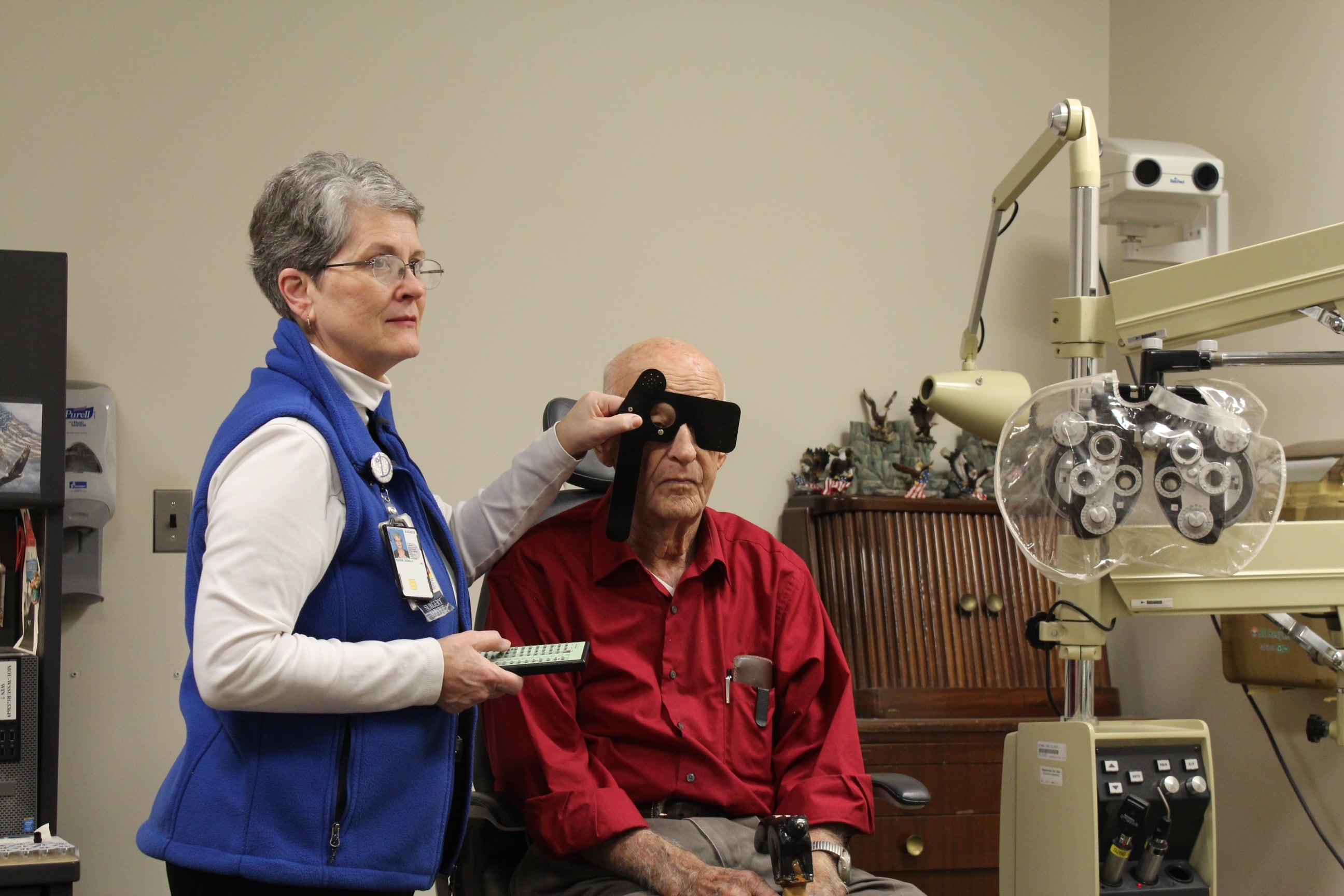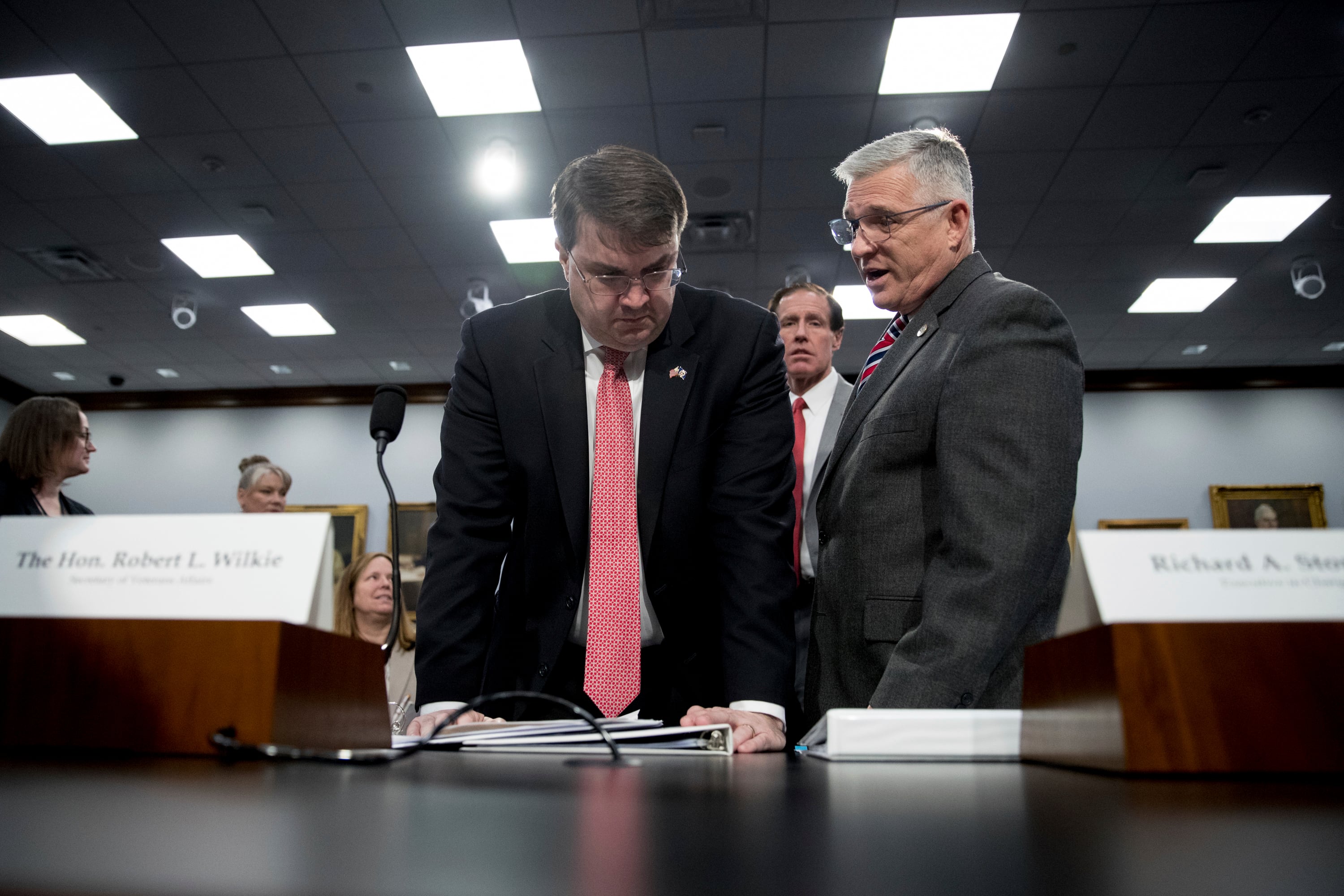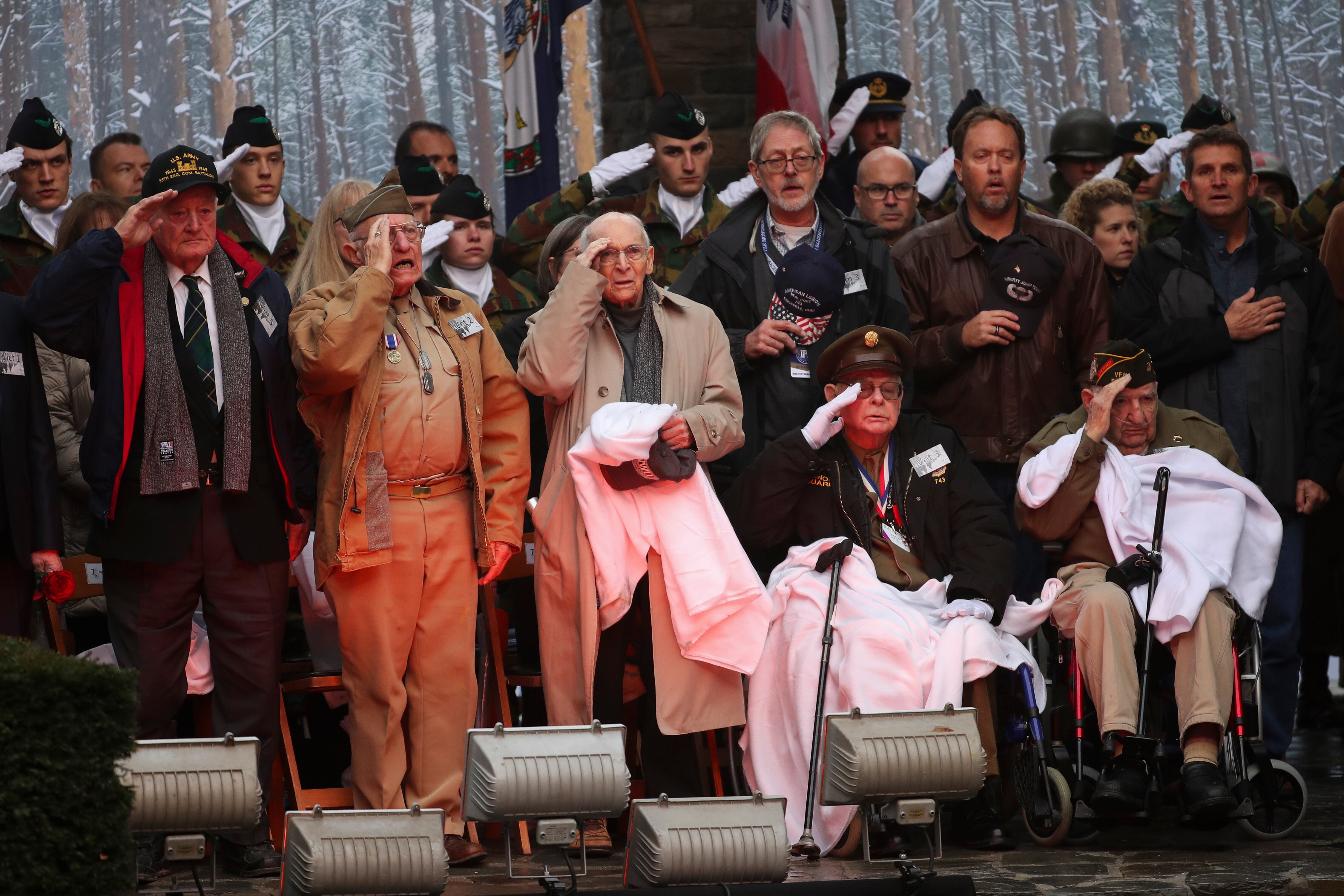Veterans are increasingly relying on the Department of Veterans Affairs for long-term care as they age, and with the cost expected to double in the next 20 years, the department must be prepared, the Government Accountability Office has warned.
In 2018, more than 500,000 veterans received long-term care from the VA — either in a nursing home run by the VA, the states or private companies, or through elder care and home support programs. By 2037, the number is expected to increase with rising number of aging veterans, especially those in the highest service-connected disability groups
RELATED

As a result, VA projects its long-term care costs will increase from $6.9 billion to $14.3 billion by 2037, and it has been planning for the expense, according to GAO. But the government watchdog agency still has concerns that the department won’t be able to meet demand.
In a report released Wednesday, GAO analysts said VA is likely to face difficulties hiring enough workers, providing services to veterans in rural areas and adequately supporting those with specialized needs — problems it already struggles to address.
For example, GAO said, VA has challenges hiring employees such as nursing assistants and health technicians for its community living centers, 80 percent of which have vacancies. The short-staffing often leads to veterans being placed on wait lists for these VA-run nursing homes, according to GAO.
VA also has difficulties providing long-term care in places where veterans live, particularly rural areas where demand is high and capacity is low. While the problem is not unique to VA — many health care companies struggle to staff and maintain remote facilities, GAO noted — the department also must anticipate the residential preferences of a fairly mobile population.
For example, over the past two decades, veterans have moved from the Northeast to the South, leaving VA with too many beds in the Northeast and not enough nursing-home spots in the South.
Finally, GAO is concerned about VA’s ability to provide care for veterans needing specialized services for dementia, behavioral problems and ventilator support. In some communities, these services are available at VA-supported nursing homes while in others, they are only available at private nursing homes in the community.
VA needs to do a better job envisioning the level of service veterans will need, GAO analysts said. It should establish measurable goals such as targets for the number of available ventilators or caregivers needed to help veterans with dementia.
It also must develop measurable goals for meeting demand despite workforce challenges and regardless of a veteran’s location, the report recommended.
“VA’s Geriatrics and Extended Care office … has not established measurable goals for these efforts. Without measurable goals, VA is limited in its ability to address the challenges it faces meeting veterans’ long-term needs,” GAO analysts wrote.
RELATED

Veterans enrolled in VA health care are eligible for long-term care if they need assistance for a service-connected disability or have a VA disability rating of 70 percent or higher.
VA manages three “institutional,” or nursing home, programs and 11 non-institutional programs, such as adult day care, medical foster homes an home respite care.
In the department’s response to GAO, VA Chief of Staff Pamela Powers said VA concurred with the recommendations and noted that VA was already was tackling the issues. According to Powers, the Geriatrics and Extended Care office met in January with several Veterans Health Administration offices to forge a “strategic approach to meet the long-term care challenges facing our aging and/or disabled veterans population.”
Patricia Kime is a senior writer covering military and veterans health care, medicine and personnel issues.




